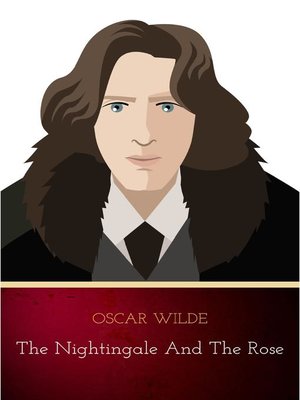
As such, Siddall -– who has not previously been read in a Celtic context – might serve as a signifier of the young, pale, passive, red-haired Irish maiden romanticised across popular culture as a symbol of the Irish nation.

Although Siddall was not born of Irish parents, she served ‘as a model for “a fair Celt with red hair”’ for the Pre-Raphaelite painter William Holman Hunt, perhaps owing to the fact that she was copper-haired, ivory-skinned, Welsh, and working class. I want to suggest that Siddall, long dead by the 1890s, may have been coded as Celtic across turn-of-the-century Irish literature in ways not hitherto considered.

The very name Sibyl echoes Siddall, who is best known as the model for John Everett Millais’s Ophelia and Dante Gabriel Rossetti’s Beata Beatrix. I will specifically argue that the suicide of Dorian Gray’s lover Sibyl Vane was inspired by Elizabeth Siddall’s untimely overdose. This essay will demonstrate that Wilde’s deep and abiding interest in Siddall reverberates across his only novel, The Picture of Dorian Gray (1891), to an extent that has not been considered. While Oscar Wilde’s attraction to Pre-Raphaelite art has been well documented, surprisingly little attention has been paid to his career-long fascination with Elizabeth Siddall (1829–62). Set up in 2013 by postgraduate students in the Department of English at the University of Malta, it welcomes submissions situated across the interdisciplinary spaces provided by diverse forms and expressions within narrative, poetry, theatre, literary theory, cultural criticism, media studies, digital cultures, philosophy and language studies. antae is an international refereed postgraduate journal aimed at exploring current issues and debates within English Studies, with a particular interest in literature, criticism and their various contemporary interfaces.

Authors are permitted and encouraged to post their work online (e.g., in institutional repositories or on their website) prior to and during the submission process, as it can lead to productive exchanges, as well as earlier and greater citation of published work (See The Effect of Open Access).

Authors retain copyright and grant the journal right of first publication with the work simultaneously licensed under a Creative Commons Attribution License that allows others to share the work with an acknowledgement of the work's authorship and initial publication in this journal. Authors who publish with this journal agree to the following terms: a.


 0 kommentar(er)
0 kommentar(er)
